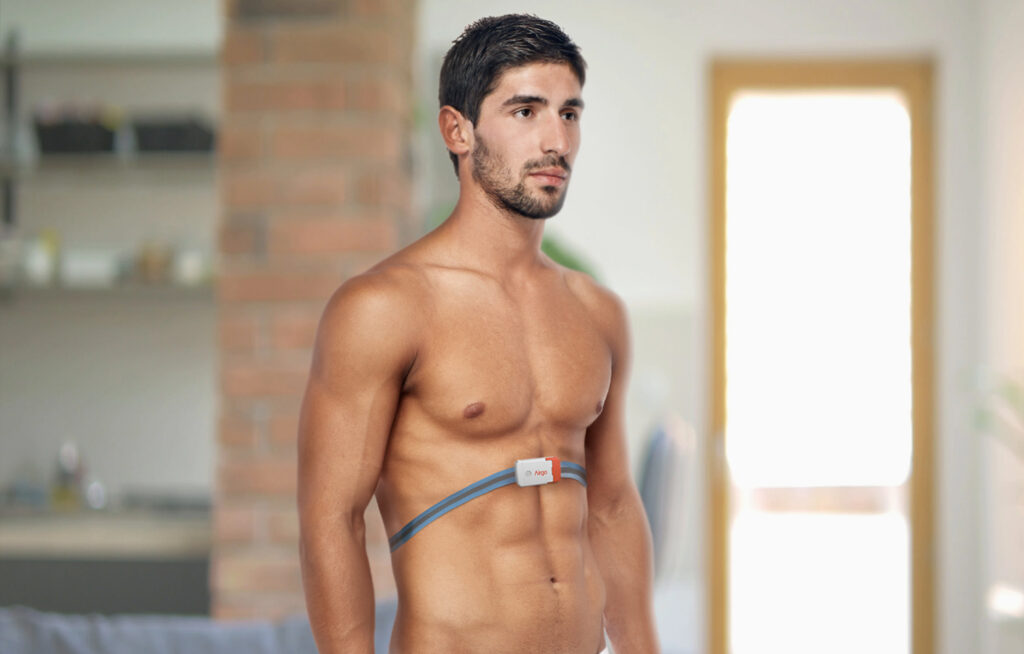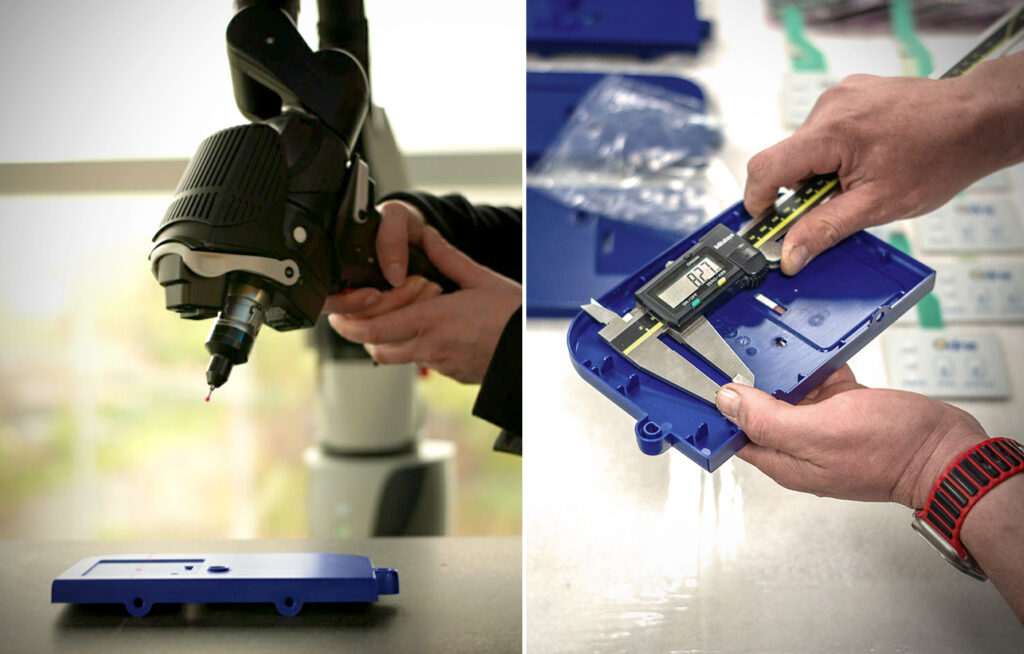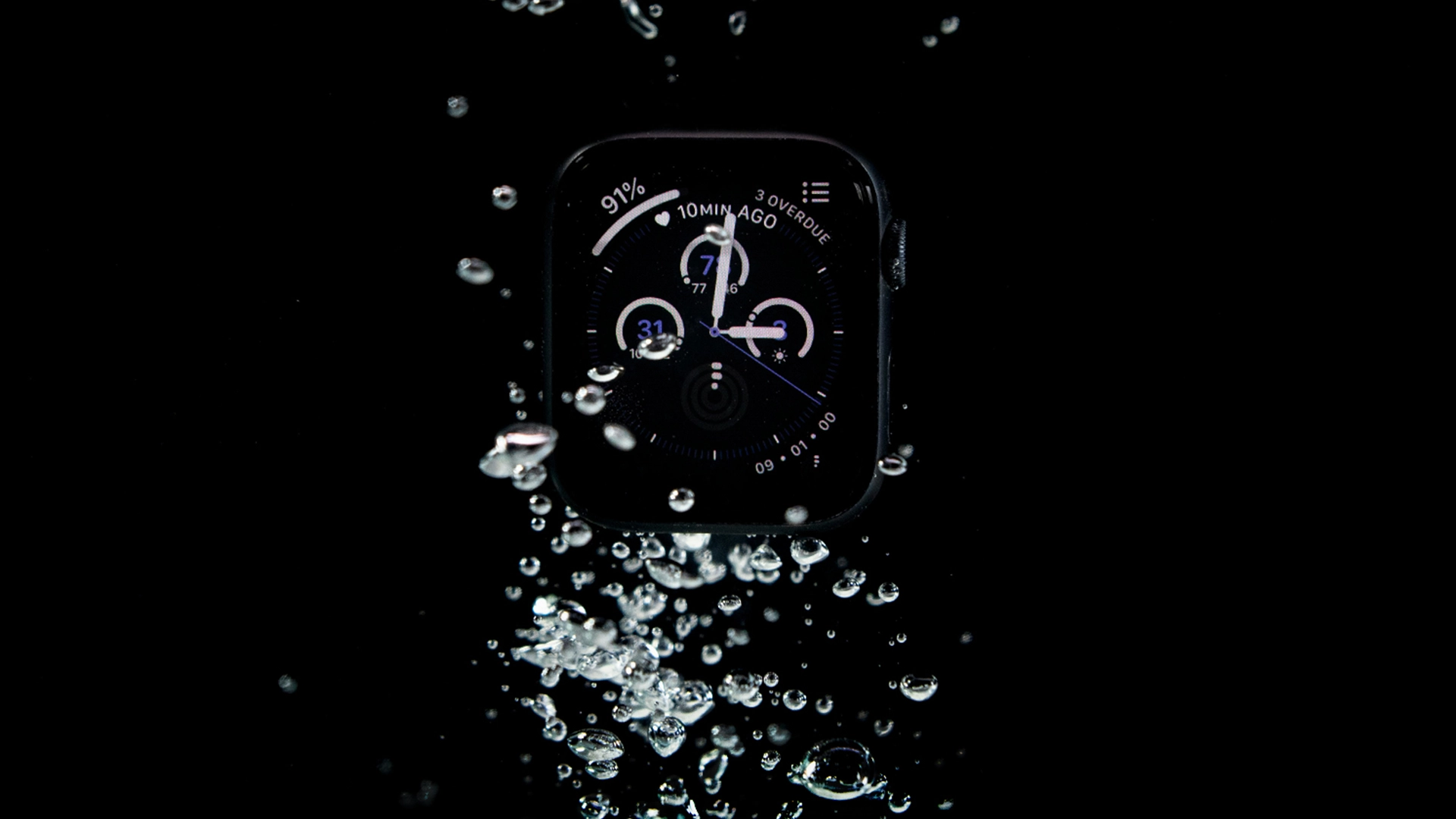Developing Medical / Healthcare device is a highly regulated process that demands strictly sticking to many international standards to make sure the safety, effectiveness and quality of these devices.
These standards are in place not only to protect the patients but also the healthcare professionals.
These standards also allows the same device can be approved for global market. In this article we will walk you through five of the main standards that you need to consider while developing a medical device.
IEC 60601 – Electrical Safety in Medical Devices
This is the global standard for safety and performance of electro mechanical medical device. If your device has any electrical component it has to comply with this particular standard.
This ensures that the device meets strict safety requirements for market approval.
Some of the area covered in this standard includes electric al shock protection, mechanical hazards, Electromagnetic compatibility, Insulation and leakage current test. All of which are critical to ensure the safe function of the device in hospital or clinical environments.
Complying with this standard is a must for regulatory approval from different markets like the U.S, E.U and Asia.
ISO 10993 – Biocompatibility Testing for Medical Devices

For the devices that comes into contact (direct or indirect) with human body this standard is a must for biocompatibility and its effects.
This standard defines a protocol to test if material used in the device doesn’t cause any negative biological reactions like toxicity, cytotoxicity, irritation or sensitization.
These protocols ensure that medical device can be used on patient without causing any kind of harm. It also includes evaluations
For long time implants stating from few seconds and up to permanent placement. And the effects on tissues like skin, Mucosal membrane, Blood, Tissue, Bone Dentin etc.
Ingress Protection (IP) Ratings for Medical Devices
Medical devices ae used in various environments ranging from operating rooms, intensive care Units (ICU) or even outdoor settings where it can be contaminated and require cleaning requirements. That makes it essential to have medical devices to be protected against the ingress of dust, water and other environmental factors.

This standard assigns the device a rating/ ranking based on its ability to resist the water and dust.
The IP rating is based on 4 letters were
- the first character numeral indicate -Degree of Ingress against solid foreign objects
- the second character numeral indicate -Degree of Ingress against liquid foreign objects
- last two indicate additional specific requirements.
For example, a device with IP67 rating is dust-tight and can withstand immersion in water up to a 1 meter depth for 30 mins. Meeting the IP standard ensures devices safety requirements in the working conditions and also increase the reliability and durability.
IEC 62366-1 – Usability Engineering for Medical Devices
This standard focuses on the usability of medical device to ensure that devices are designed with the end user in mind. It helps the manufacturer to identify and resolve potential risks associated with the user interaction in the high stress medical environment, prone to human error.
This standard underlines usability testing through development phases assessing factors as ease of use, easy of follow interface, design and placement.
By following this standard manufacturers can develop more intuitive devices that are less prone to user errors. The standard also highlights the risks associated with abnormal use and how to minimize them that can avoid any risk to the patient and healthcare professional.
All the records of usability engineering are maintained by the manufacturer and number of evaluations are conducted by internal and external bodies to verify all the risks are contained to pass this standard.
ISO 13485 – Quality Management Systems for Medical Devices

Quality management is at very core of medical device development and ISO 13485 is the international recognized system to ensure the constant quality management. This standard highlights the main requirements for design, development, production and servicing of the medical devices making sure that manufacturer maintains the highest quality through the Product Lifecycle.
This standard is designed to align with major regulatory requirements for markets like F.D.A for U.S & CE marking for Europe.
It helps the producers of medical devices to create safe and effective devices consistently by indicating clear protocol for risk management, Documentation Control and Development. This standard is often a prerequisite for entering the market for quality manufacturing of medical devices.
Is Your Medical Device Ready to Meet Global Compliance Standards?
Complying with international standards is essential for the successful development and market approval of medical devices. Navigating these regulations can be complex, but ensuring compliance from the early stages of development is crucial to avoid costly delays and potential market barriers.
At Creanova, we specialize in guiding medical device manufacturers through the intricate compliance process with international standards.
Whether you’re in the early design phases or nearing market launch, Creanova provide tailored solutions to help you meet every requirement.
Contact Creanova today to learn how we can help you ensure that your medical device meets the highest global standards, allowing you to bring your product to market quickly and confidently.

